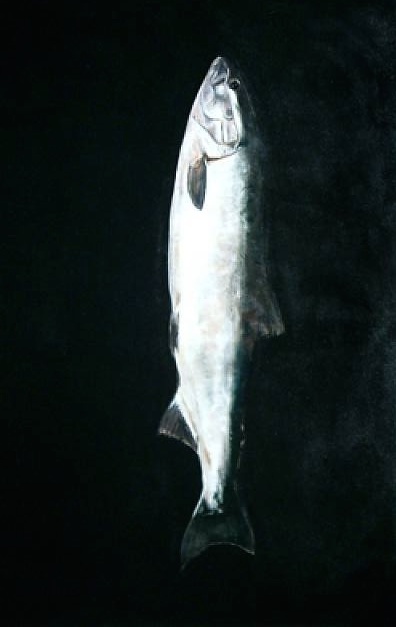
I have always been curious about the mindset and motivations of original makers. What drives them to do what they do? A cynical and unfortunately accurate perspective is that most humans are simply trying to survive and are primarily driven by making money, sex and attaining status or prestige. These ever-present human desires are hard to repress and certainly
don’t prevent people from doing amazing things, but are they enough to produce great art? Motivations are never pure, however; when these base desires become the primary pursuit, it inevitably diminishes the work being produced.
Artists are occasionally accused of “selling out.” Perhaps you noticed an artist who, after achieving a certain level of notoriety and financial success, produced work that seemed less authentic and potent. The forces and curcumstances that surround “success” can easily stifle risk taking, innovation and personal development. I have observed that individuals that sustain constructive growth exhibit a childlike curiosity and earnest affection for the fundamental processes essential to improving their work. It is a love for the thing rather than what that thing may or may not bring you.
Michael Crespo was a painter and friend who garnered a significant national and international reputation prior to his unfortunate death in 2010.
During the time I knew Michael he was teaching at LSU and was well known in the Southwest for his depictions of fish usually painted on a black background. These paintings were truly beautiful and sold extremely well in the galleries that carried his work. One day he grew weary of painting fish and started painting sheep and other subject matter. While these paintings were executed with the same deep symbolism, skill and expertise, people still clamored for his fish paintings.
I had a front row seat to the struggle between the market place and his personal growth and development as an artist. I was comforted and inspired as he forged ahead exploring and searching for the next thing. It would have been impossible for Michael to move past his success if his motivations weren’t rooted in a deep affection for the act of painting. I don’t feel any of his later works rose to the level of his fish paintings – like others I preferred the fish. I never had the courage to ask him if he felt the same way. Regardless, I learned what it meant to be an artist from Michael when he stopped painting fish.

Years ago I had a friend in East Texas by the name of Steve Hill – sometimes known as Little Stevie Hill. He was the keyboard player for Bloodrock. The only time Bloodrock charted in the Top Forty was a song titled “D.O.A.” The success of “D.O.A” would become a double-edged sword for Bloodrock. Later on, the group had a turnover in personnel, and as a result, the music changed. What was once hard rock became progressive jazz fusion. Those who were fans of the original style did not warm up to the new. In fact, the band didn’t survive long once they made the change. I respected Steve’s willingness to explore and embrace the future even though it meant he basically played the club scene for the rest of his life.